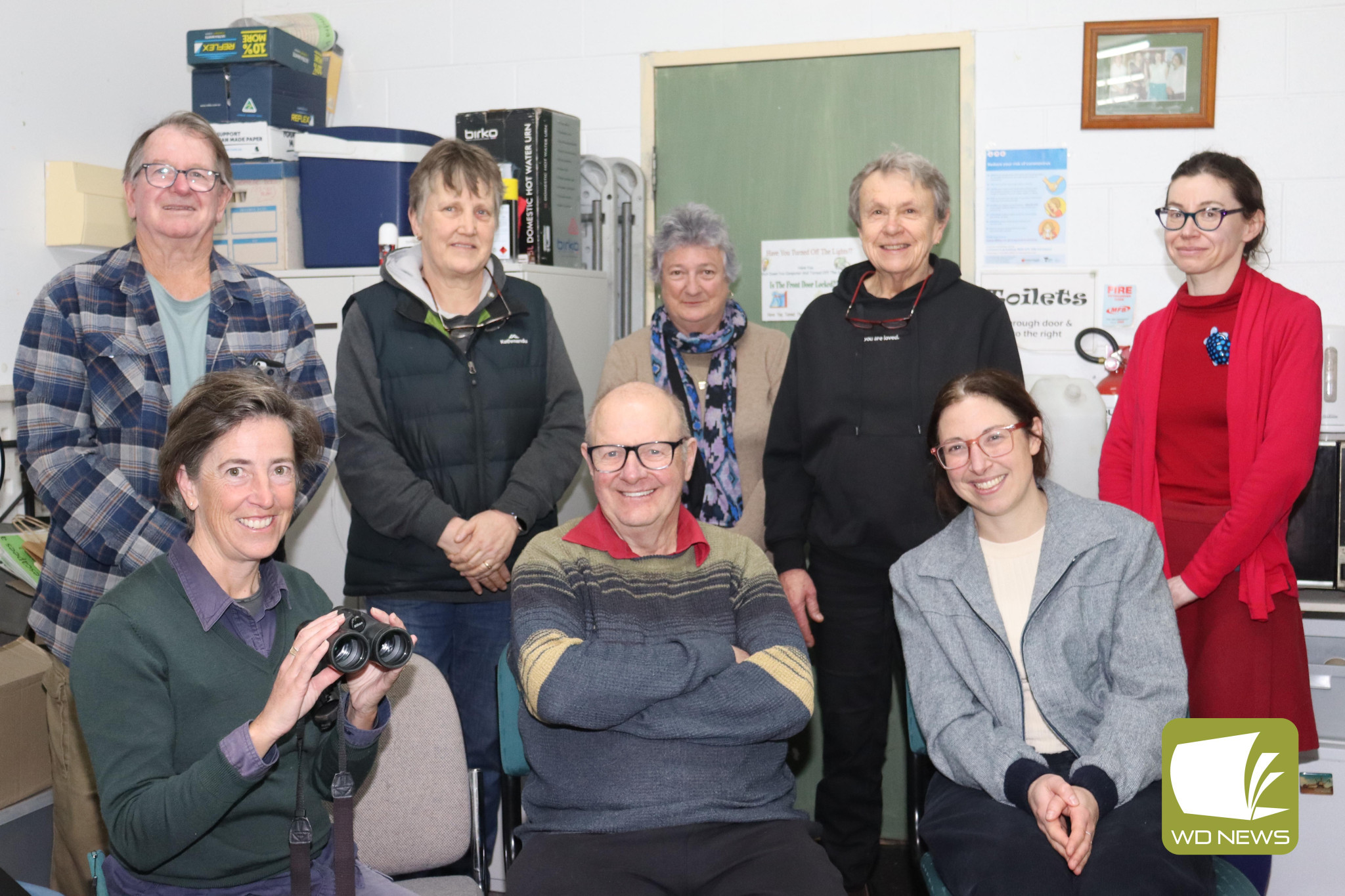General News
16 July, 2025
Birding presentation sparks interest
AS endangered species such as gang-gang cockatoos have been flocking to the district this winter, residents are being encouraged to track their bird sightings using an app called eBird.

Population patterns can be studied through usage of the app and it has many other useful applications.
Heytesbury District Landcare Network project officer Kate Leslie ran a presentation on how to use the app last Thursday.
She said she was surprised by the group of people who arrived expressing their interest in tracking bird sightings.
“I wasn’t expecting this many people so I was really surprised,” Ms Leslie said.
“It was an ideal number.
“I’m happy to take this presentation to other communities for people who want to hear it.
“I think the more people who are using eBird would be a better outcome because the Corangamite area is considered understudied.
“We have a lot of birds here.”
Western District Newspapers reached out to Birdlife Australia with questions about the gang-gang cockatoo in particular after community members expressed there seemed to be an increase in numbers of the bird in the area this year compared to previous years.
Senior advisor public relations Sean Dooley said gang-gang cockatoos are a bird which has declined in numbers in recent decades.
“It has been so significant that the bird was officially listed as endangered nationally by the Commonwealth in 2022,” he said.
“While many attribute this to the destruction caused by the Black Summer bushfires, which impacted around 30 per cent of the gang-gang’s habitat, most of the data on which the listing was made was from before 2020, showing that the bird was in trouble well before then.
“The likely reason for the declines has been the destruction of the big old, hollow-bearing trees that they nest in up in mountainous areas, including the Otways and Grampians.
“Interestingly, BirdLife Australia’s data suggests that the gang-gang population in the Otways may finally be starting to recovery after native forest logging was ended.
“Gang-gangs do spread out into the countryside in autumn and winter and will even turn up in towns as they can feed on a variety of seeds from native eucalypts and wattles even to introduced hawthorn bushes and cottoneaster trees.”
Mr Dooley said where the birds travel to in winter can be a bit random, appearing in good numbers one year but absent the next.
“What I find interesting in the increase in reports from the Timboon area is whether some of these birds might have come from the Grampians, seeking food and refuge after the bushfires,” he said.
“Normally you would expect birds in Timboon to have come down from the Otways, but perhaps this year there are some Grampians birds among them.
“We won’t know for sure, but we do know that gang-gangs can move long distances after fires.”
The app eBird can be found on both the App Store for iPhone and Google Play for Android devices.
The app is also a website which can be accessed at ebird.org.
Read More: local